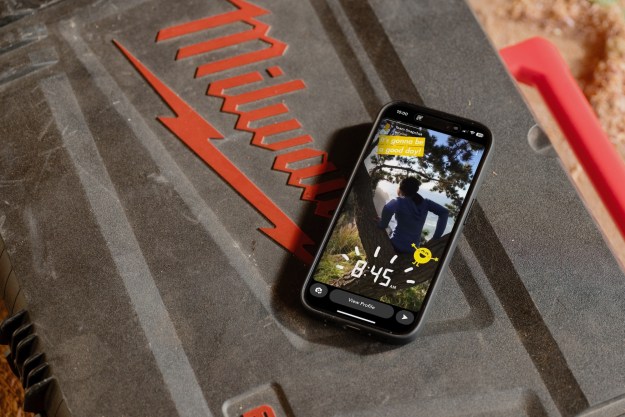
Among the top four US wireless carriers, Verizon is the best, according to this year’s annual satisfaction survey by Consumer Reports magazine. AT&T, well, not so much.
For the second year in a row, AT&T has scored the lowest among all major US wireless carriers, with particularly bad scores in the value, voice and phone departments, which were derived from a survey of more than 66,000 Consumer Reports subscribers. AT&T also scored poorly in the data category, and received no score higher than average in any category.

Sprint came in a close second, with no score in any category under average. In fact, Sprint earned an average score in all of the seven categories, save data, for which it scored highly. T-Mobile fared far worse, with less-than-average scores in value, voice and phone, and average scores in the texting, data, staff knowledge and issue resolved categories.
While Verizon and Sprint will surely use this survey to tout their superiority, they still scored far worse than some smaller carriers. The true No. 1 carrier, according to Consumer Reports readers, is Consumer Cellular, which is based in Digital Trends’ hometown of Portland, Oregon. A very close second is US Cellular, which received the highest rating in all categories, except value, for which it received the next-highest rating. Verizon’s true rating is No. 4, according to this list.
Additionally, prepaid users ranked their service higher, on average, than customers who pay on-contract.
“Our survey indicates that subscribers to prepaid and smaller standard-service providers are happiest overall with their cell-phone service,” said Paul Reynolds, electronics editor for Consumer Reports. “However, these carriers aren’t for everyone. Some are only regional, and prepaid carriers tend to offer few or no smartphones. The major carriers are still leading options for many consumers, and we found they ranged widely in how well they satisfied their customers.”
Agree with these rankings? Let us know what you think, dear Digital Trend reader, in the comments.
[Image via William Perugini/Shutterstock]
